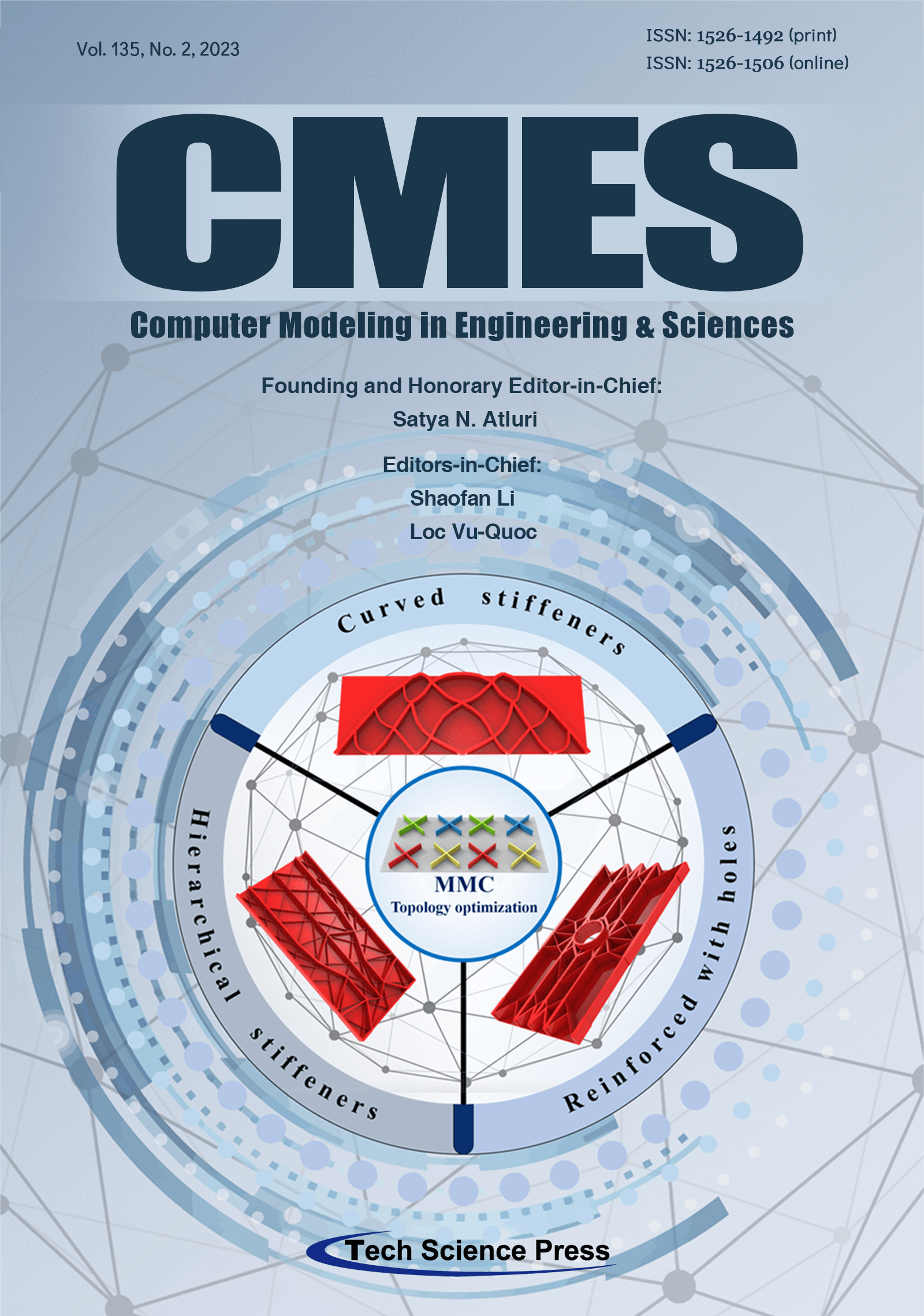
Aiming to optimize the stiffened plate structures explicitly, a novel approach based on the MMC-solution framework is proposed in this work. All the stiffeners are represented under the Lagrangian-description framework in a fully explicit way, and the adaptive ground structure method, as well as dynamically updated shell elements, is used to obtain optimized designs with more accurate analysis results. Compared with previous methods, the proposed method has fewer design variables and can easily accomplish feature size control of the stiffeners. Various types of stiffened plate structures, including straight and curved stiffeners, hierarchical stiffeners, and stiffened plates with cutouts, can be optimized uniformly in this method. In addition, the optimized designs can be seamlessly imported into CAD systems without resorting to any post-processing process.
View this paper


 Submit a Paper
Submit a Paper Propose a Special lssue
Propose a Special lssue